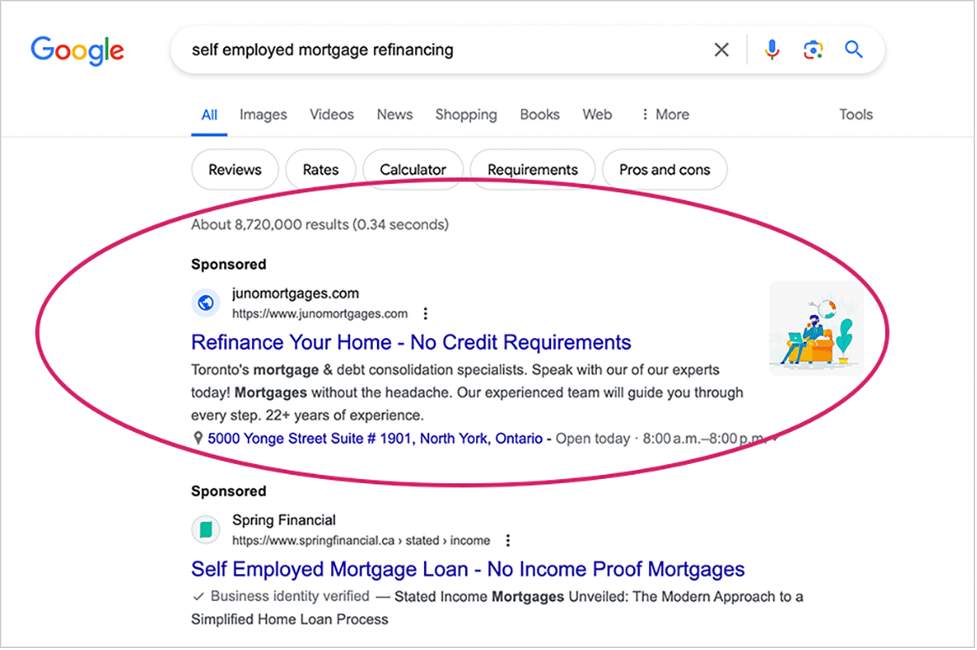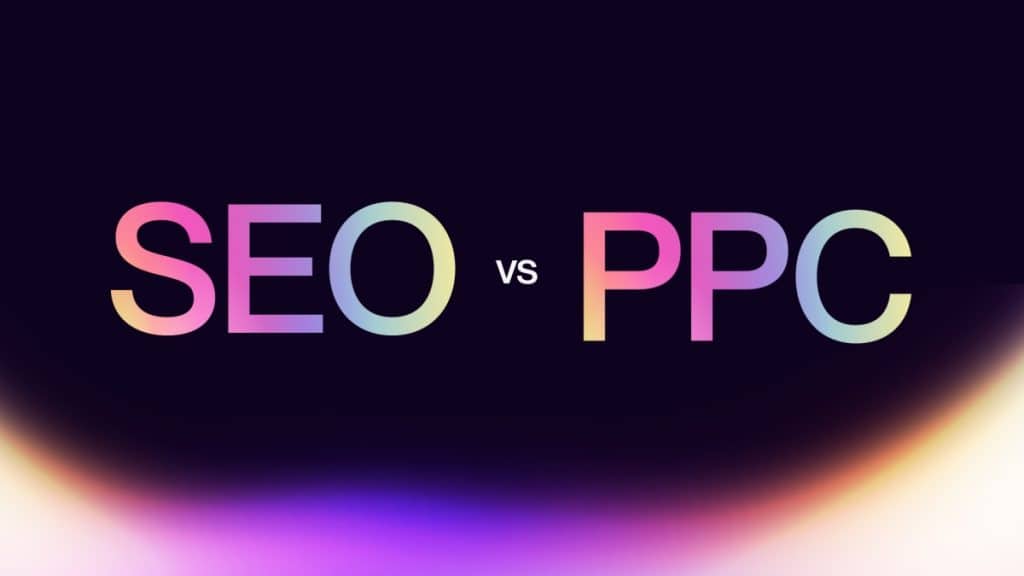In today’s digital age, businesses are bombarded with a plethora of blogs, ads, and social media posts. Standing out can seem like a Herculean task. Two powerful tools that can elevate your brand’s visibility are SEO (Search Engine Optimization) and PPC (Pay-Per-Click) advertising. Understanding the nuances of these strategies is crucial for maximizing your marketing efforts.
SEO: Building a Strong Organic Presence
SEO, or Search Engine Optimization, is a long-term strategy to improve your website’s organic search rankings. By optimizing your site to align with search engine algorithms, you can attract and engage your target audience more effectively. The ultimate goal is to secure top positions on search engine result pages (SERPs), including the coveted position zero.
Pros of SEO
- Long-term Results: High-ranking content can drive traffic and generate leads for years.
- Cost-Effective: Once you achieve high rankings, you continue to benefit without ongoing expenses.
- Credibility: High search rankings signal trust and authority in your industry.
Cons of SEO
- Delayed Results: SEO is a marathon, often taking 3-6 months to see significant changes.
- Algorithm Changes: Frequent updates by search engines may require adjustments to your strategy.
- Intensive Effort: Maintaining high rankings requires continuous updates, new content, and backlinking efforts.
SEO Summary
- Traffic Type: Organic search
- Focus: Improving search rankings
- Time to Results: 3 to 6 months
- Investment: Cost-effective
- Longevity: Long-lasting
- Workload: High
PPC: Instant Visibility and Quick Wins with Paid Advertising
PPC, or Pay-Per-Click advertising, offers a different approach. Here, you pay each time someone clicks on your ad, providing immediate visibility and results. Platforms like Google Ads and Facebook Ads allow you to place your business at the top of search results or social feeds instantly.

Pros of PPC
- Immediate Results: See traffic and leads as soon as your campaign is live.
- Advanced Targeting: Refine your audience based on demographics, location, and more.
- Budget Control: Set precise budgets to manage your expenses effectively.
Cons of PPC
- High Costs: Competitive keywords can be expensive, particularly for small budgets.
- Temporary Results: Benefits stop when the budget is exhausted.
- Learning Curve: Effective PPC management often requires professional expertise.
PPC Summary
- Traffic Type: Paid search
- Focus: Traffic through targeted ads
- Time to Results: Immediate
- Investment: Potentially expensive
- Longevity: Temporary
- Workload: Moderate
Comparing SEO and PPC
Understanding the differences between SEO and PPC is vital for choosing the right strategy for your business. Here’s a quick comparison:
| Category | SEO | PPC |
| Traffic Type | Organic search | Paid search |
| Focus | Improving search rankings | Traffic through targeted ads |
| Time to Results | 3 to 6 months | Immediate |
| Required Investment | Cost-effective | Can be expensive |
| Longevity | Long-lasting | Temporary |
| Workload | High | Moderate |
| Algorithm Dependence | High | Low |
| Targeting Options | Less precise, keyword-based | Advanced, demographic-based |
| Budget Control | Indirect | Direct |
| Learning Curve | Steady, ongoing education | High, often requiring expertise |
Choosing the Right Strategy
Deciding between SEO and PPC depends on your business goals, budget, and timeline. SEO is ideal for sustainable, long-term growth and building authority. Conversely, PPC is perfect for immediate visibility and quick results.
Integrating SEO and PPC
For many businesses, the best approach is a blend of SEO and PPC. This integrated strategy leverages the strengths of each method, ensuring a balanced and comprehensive digital marketing plan. Start by booking a free strategy call with napkin marketing’s Director, Adina Zaiontz, and receive a complimentary SEO audit to kickstart your optimization efforts.
Harnessing the power of both SEO and PPC can drive significant results for your business, boosting traffic, leads, and ultimately, revenue.


